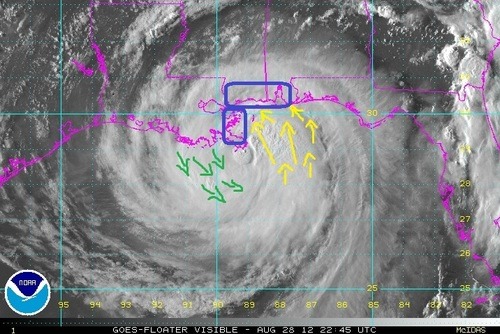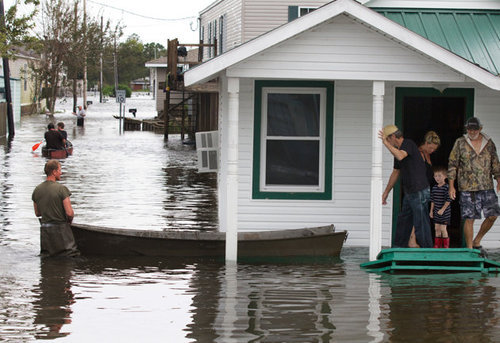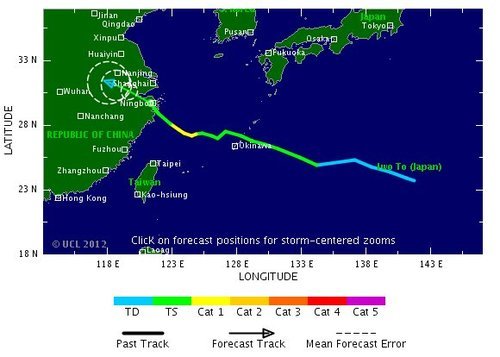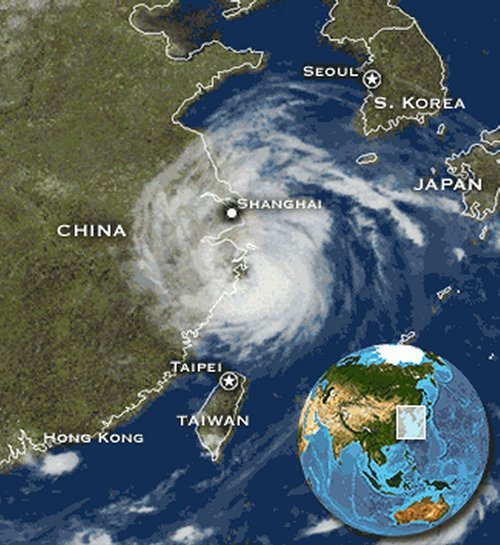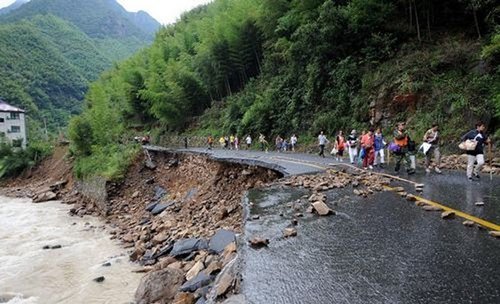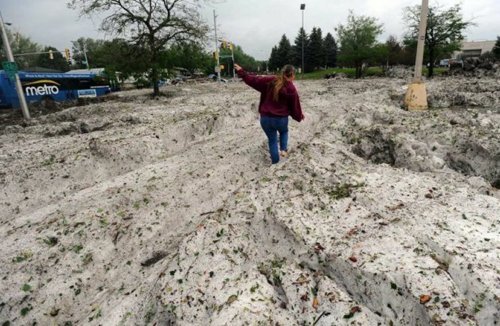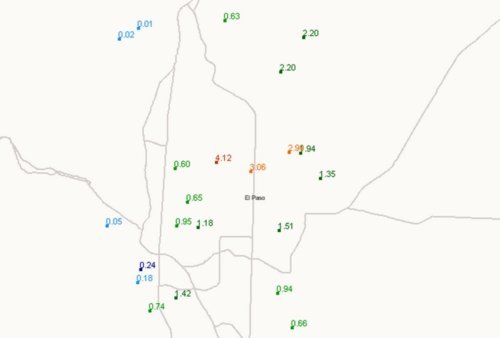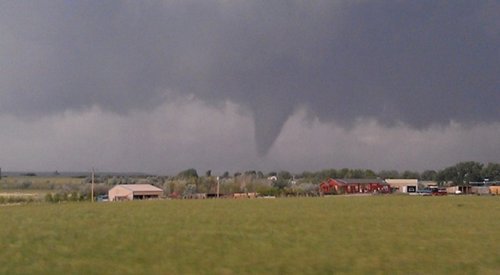Pakistan Monsoon Flooding
Severe flooding occurred in Pakistan early this past week, after monsoon rains moved into the region and dropped large amounts of rain. Even though Pakistani officials had issued a flood warning for many low-lying areas such as Punjab and Sindh, many residents decided to stay put to battle out the floods in their villages.
As numerous canals and rivers overflowed their banks because of the heavy monsoon rains, many low-lying areas such as farmland, villages and roads were inundated with water. The highest rainfall report that could be found was in Rahimyar Khan where 193mm fell in 24 hours between Sunday the 9th and Monday the 10th.

About 1,500 houses were destroyed in the process and over 100 people perished with waters rising quickly and houses collapsing from waters. The country’s army was deployed to execute search and rescue missions in the hardest hit areas, and to try to fill in the areas where water broke through the canals.
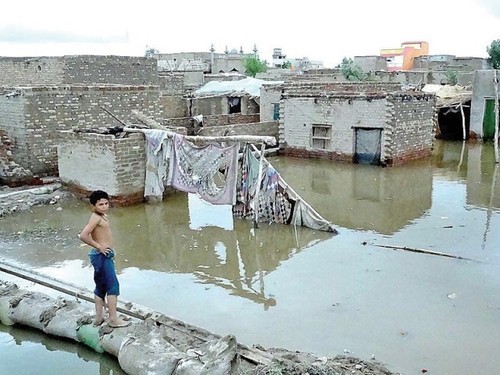
Estimated total losses look to be in the neighbourhood of a couple million, though it’s difficult to assess at this time as authorities are still tallying up the damages and looking for survivors. When the floodwaters recede, most likely in a couple days, the final tally from the total economic loss and death toll should be more accurate. This monsoon season does not compare to 2010 though, where numerous severe flooding events occurred and residents described that year as “the worst in living memory”. In 2010 the total structure damage that accounted for four billion in damages and the floods had a significant impact on 20 million people with around 2,000 deaths.
The monsoon rains have since moved away a couple days ago from the region of concern and crews will be able to clean up, repair villages and search for more survivors this weekend.
